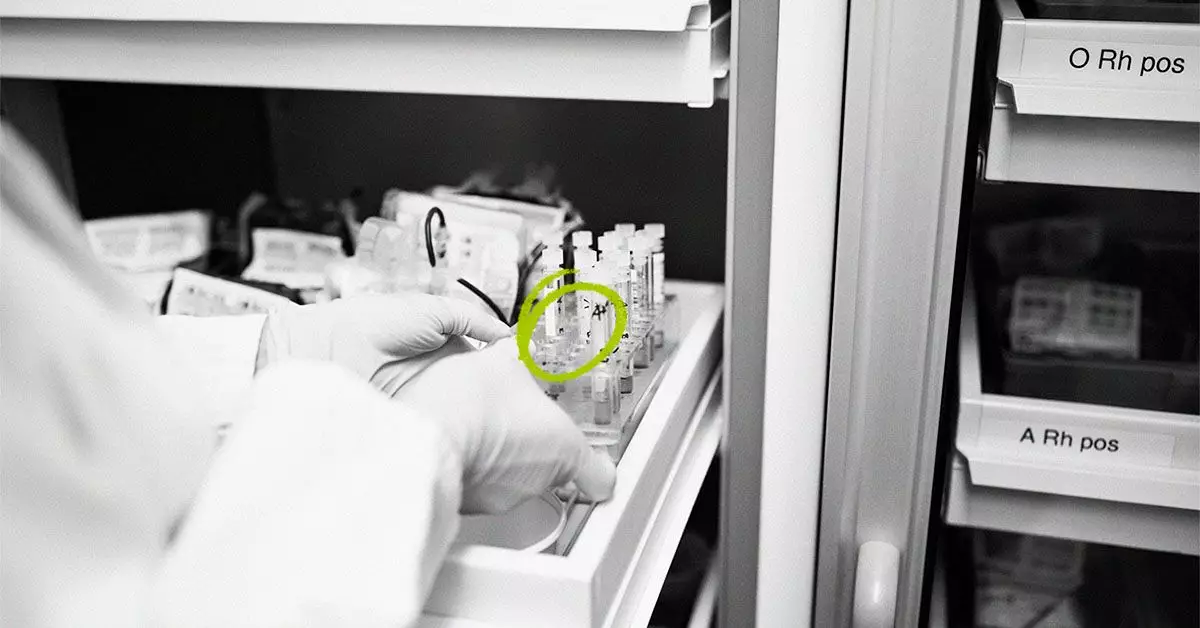Life expectancy for individuals diagnosed with leukemia depends significantly on the type of leukemia they have, as well as several individual factors including age, overall health, and the timely initiation of treatment. Leukemia, a cancer that affects the blood and bone marrow, is not a one-size-fits-all diagnosis. Among the different types, acute lymphoblastic leukemia (ALL) stands out primarily in younger populations, frequently affecting children under the age of five. Subsequently, risk levels begin to increase again after the age of 50. Insights from the National Cancer Institute (NCI) indicate that the 5-year relative survival rate (RSR) for ALL from 2015 to 2021 hovered around 72.6%, illustrating the critical nature of early diagnosis and effective treatment.
Conversely, chronic lymphocytic leukemia (CLL) predominantly strikes older adults and accounts for approximately one-third of all new leukemia diagnoses. The average age of diagnosis for CLL sits at a ripe 70 years, yet the survival statistics are considerably more upbeat, with a 5-year RSR of 89.3%. The effectiveness of treatment options plays a crucial role here, making it imperative for patients and healthcare providers to prioritize personalized treatment strategies.
Dynamics of Acute Myeloid Leukemia (AML)
Acute myeloid leukemia (AML), affecting a significant number of adults over 45, typically exhibits a more aggressive nature compared to its chronic counterparts. Data reveals that the average age of diagnosis for AML parallels that of CLL, at around 69 years, yet the prognosis is starker with a 5-year RSR of only 32.9%. The rapid progression of AML demands urgent medical intervention. Without treatment, patients often face a grim outlook, with median survival times plummeting to roughly just 17 weeks for untreated individuals. This stark reality emphasizes the importance of immediate diagnosis and treatment to combat the disease effectively.
The Dark Corner of Chronic Myeloid Leukemia (CML)
Chronic myeloid leukemia (CML), which comprises around 15% of all leukemia cases, presents a different set of challenges and statistics. The risk of developing CML stands at approximately 1 in 526 in the United States, with the average age of diagnosis being around 64 years. Its 5-year RSR rests at 70.4%. CML progresses through phases, starting with a chronic phase that may not produce noticeable symptoms, which can delay intervention. However, as the CML advances to the accelerated and then blast phases, the prognosis worsens dramatically, behaving akin to AML in the latter stage. Early detection becomes vital; without treatment, the disease can escalate swiftly, underscoring the need for ongoing monitoring and proactive healthcare.
The Role of Treatment and Remission Rates
Treatment regimens vary widely across the different types of leukemia and have a direct correlation with life expectancy. Specifically, for ALL, around 80% to 90% of individuals can achieve complete remission with treatment, and approximately 40% to 50% may enjoy long-term remission. This high remission rate positions ALL treatment as particularly effective, providing hope for patients and their families.
In contrast, while some individuals with CLL may live for years without immediate treatment, the disease remains incurable, necessitating intermittent treatments as the disease progresses. This often complicates patient experiences as they navigate the uncertainties of treatment impacts. The decision-making process surrounding treatment plans involves evaluating previous treatments, time elapsed since the last intervention, and overall health—signifying the necessity of a tailored approach.
The Need for Prompt Action
In the world of leukemia, the mantra “time is of the essence” cannot be overstated. Whether faced with acute or chronic forms of the disease, early diagnosis often translates to better outcomes. Patients with acute types experience a rapid onset of symptoms, demanding immediate medical attention to halt disease progression. Conversely, chronic leukemias may result in milder, gradual symptomology, sometimes leading to a “watch and wait” strategy, as seen with CLL. While this can help minimize unnecessary side effects, it underscores the importance of vigilance and regular check-ups to monitor the disease’s trajectory.
Patients and caregivers alike must embrace proactive healthcare measures. Concerning symptoms warrant an immediate conversation with a healthcare provider. While the presence of symptoms such as fatigue, frequent infections, or unexplained weight loss does not automatically imply a leukemia diagnosis, they do serve as critical indicators that should prompt further exploration.
In sum, understanding the intricacies surrounding life expectancy in leukemia sheds light on the multifaceted nature of the disease. Each type of leukemia presents unique challenges and encourages different approaches to treatment, highlighting the importance of individualized care in the fight against this formidable illness. The exploration of breakthroughs in medical science continues to offer rays of hope for improving the outlook for those affected.

